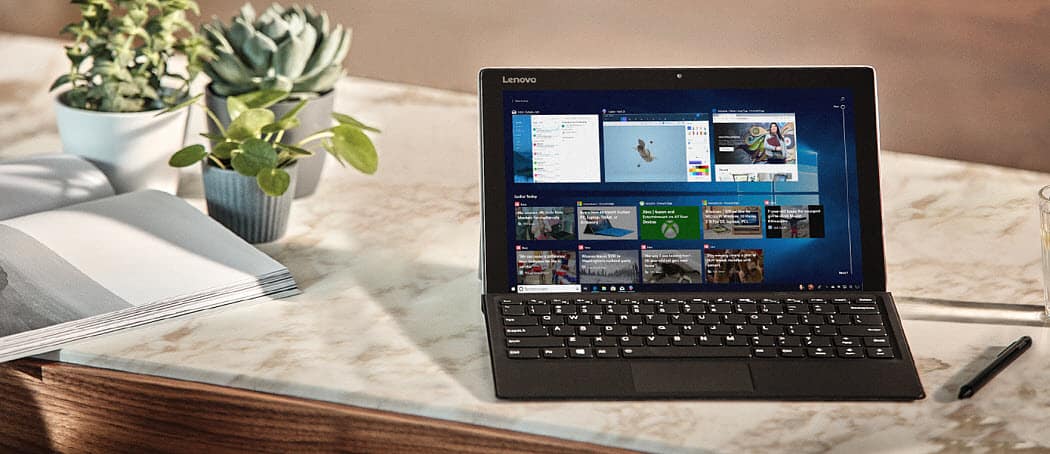The entire rollout this time has been a mess, but everything should be fixed at this point. The company is slowly rolling out Build 17763.107 to the rest of the public starting today. However, Microsoft is urging people to wait for the update to become available naturally via Windows Update automatically and not rush to manually install it. In a blog post today, Microsoft exec John Cable writes: And to be honest, while there are some interesting new features in 1809, there isn’t anything that is “vital” to your computing needs. It’s good that Microsoft is taking a more cautious approach this time. In fact, the company released another article today titled: Windows 10 Quality Approach for a Complex Ecosystem. The article explains how quality control is done in this new age of Windows as a Service (Waas). It also explains the changes the company is going to make to “develop, deliver and update Windows.”
Windows 10 October 2018 Update Version 1809
Here is a look at what has been fixed in this final re-release of this year’s second big feature update:
Addresses an issue that incorrectly implies that user policies have not been applied after configuring a user rights Group Policy setting. Reporting tools, such as RSOP.MSC or Gpresult.exe /h, do not show the user rights policies or display a red “X” instead.Addresses an issue that degrades Internet Explorer performance when you use roaming profiles or you don’t use the Microsoft Compatibility List.Addresses additional issues with updated time zone information.Addresses an issue that causes a black screen to appear after turning on the display on some servers.Addresses an issue that causes a long delay in taking a photo using the Camera app in certain lighting conditions.Addresses a performance issue with vSwitch on network interface cards (NIC) that do not support Large Send Offload (LSO) and Checksum Offload (CSO).Addresses an issue that may cause applications to lose IPv4 connectivity when IPv6 is unbound.Addresses an issue that may break connectivity on guest VMs on the server when applications inject the low-resource flag on packets.
Overall the beta testing from Windows Insiders has been relatively good and the major data loss issues appear to have been fixed. However, you might want to make sure your PC is set to delay Windows Updates for at least a month. Because major Windows updates can go awry, we also highly urge everyone to make certain that you have implemented a solid data backup strategy. In fact, it’s a much larger headache for small businesses who can’t afford full-on Microsoft Enterprise support. The problem with Windows 10 Home is you can’t defer feature updates as you can in Pro. You can certainly stop them, but you’re not getting the quality updates that improve performance and stability (although you still get the security updates). With Pro, you can defer the feature updates for up to a year, and still receive the security updates. Have you tried stopping these updates on Home using the Metered Connection? We have covered it before in the article linked below (toward the end of the piece). But perhaps it’s time to do a standalone article on dealing with Feature Updates for people who have the Home version. Too often we forget about it cuz we all have Pro. https://www.groovypost.com/howto/delay-defer-block-windows-10-fall-creators-update/ Comment Name * Email *
Δ Save my name and email and send me emails as new comments are made to this post.
![]()

